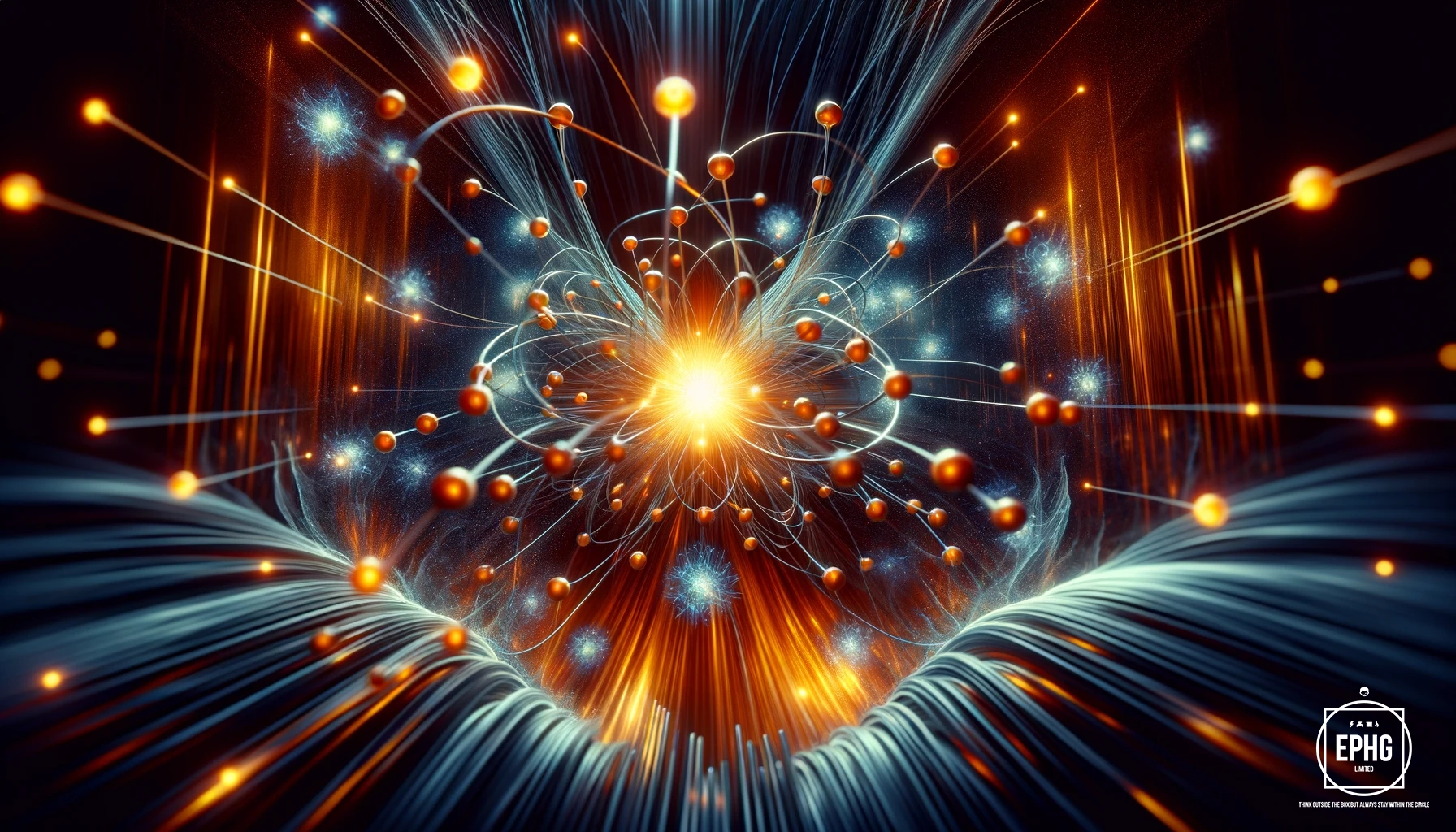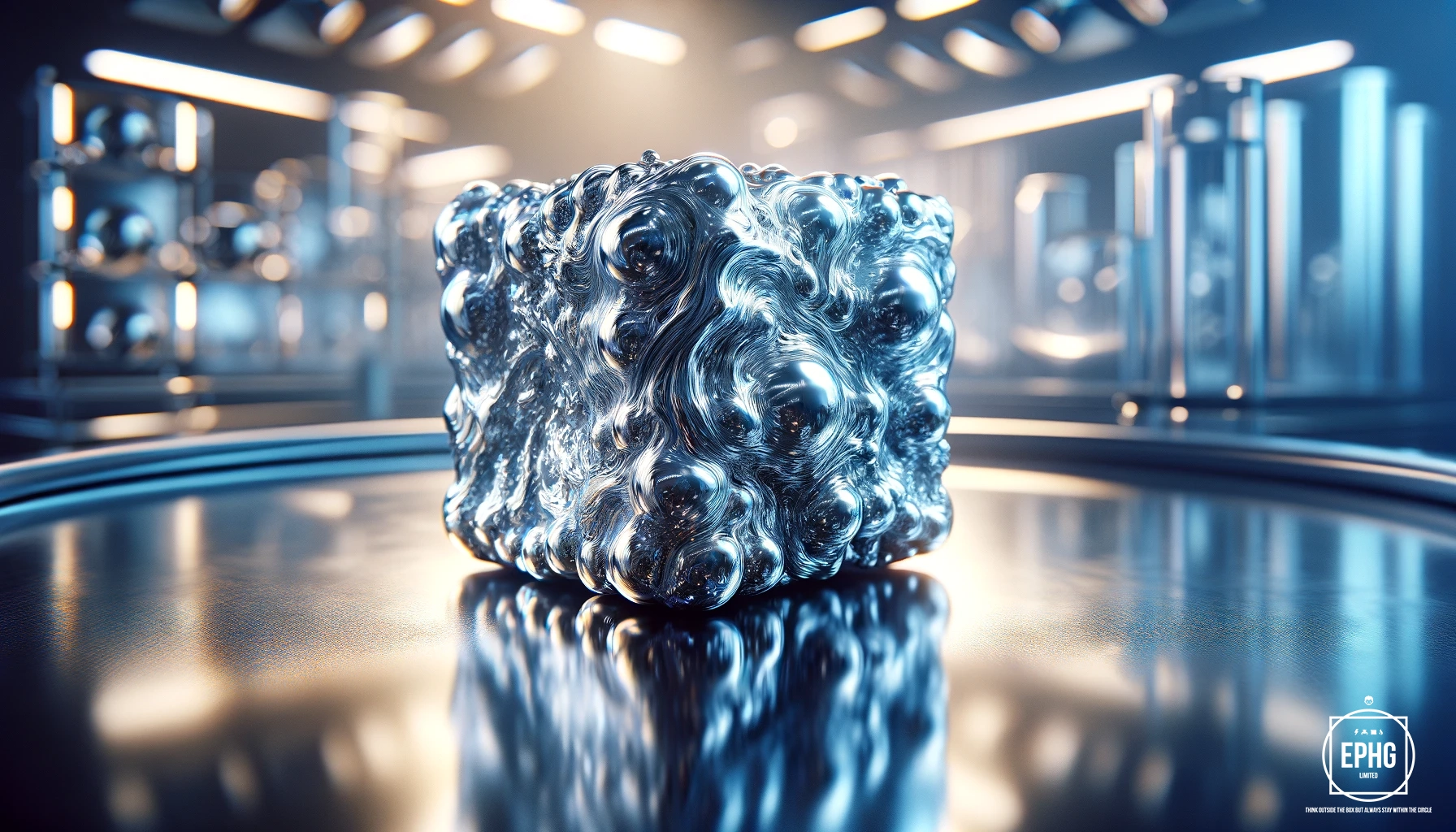Darmstadtium (Ds): A Deep Dive into Its Role and Discovery in the Periodic Table
What is Darmstadtium?
Darmstadtium (Ds) is a highly radioactive, synthetic element with the atomic number 110. It is part of the d-block and Group 10 of the periodic table, sharing this group with transition metals such as nickel, palladium, and platinum. Darmstadtium is known for its instability and short half-life, making it a rare and intriguing subject for scientific studies.
The Discovery of Darmstadtium

Discovered on November 9, 1994, by a team of researchers at the GSI Helmholtz Centre for Heavy Ion Research in Darmstadt, Germany, Darmstadtium was first synthesized through the nuclear fusion of nickel and lead atoms. This monumental achievement in nuclear chemistry highlighted the potential for creating new elements by manipulating atomic nuclei under precise conditions.
Physical and Chemical Properties
Due to its very short half-life, the physical and chemical properties of Darmstadtium are not well understood. The few atoms of Darmstadtium that have been produced decay too quickly for extensive study. However, theoretical models suggest that Darmstadtium would exhibit characteristics similar to those of other Group 10 elements, including high density and possibly a metallic silver appearance.
Applications and Uses
While Darmstadtium's extreme radioactivity and scarcity prevent it from being used in practical applications, its synthesis is crucial for scientific research. It helps scientists understand the behavior of atomic nuclei and explore the limits of the periodic table. Darmstadtium's existence also assists in the development of new materials and technologies in the field of nuclear physics and chemistry.
Theoretical and Experimental Impact

The study of Darmstadtium has significant implications for both theoretical physics and practical chemistry. It challenges and refines the predictive power of the periodic table, particularly in the understanding of superheavy elements. Additionally, the processes used to create and identify Darmstadtium are advancing the techniques used in particle accelerators and nuclear reactors.
Future Prospects
The ongoing research on Darmstadtium and similar superheavy elements is paving the way for potentially more stable nuclei in the "island of stability," an area in the periodic table where superheavy elements might exist with relatively longer half-lives. Discoveries in this area could open new pathways in material science, nuclear medicine, and energy production.
How is Darmstadtium Produced?
Darmstadtium is created in particle accelerators through a complex process called nuclear fusion. In this process, atoms of lighter elements are smashed together at high speeds until they fuse to form a heavier element. Specifically, Darmstadtium was first synthesized by the fusion of nickel and lead atoms. This synthesis requires precise conditions including extremely high energy and specialized equipment.
Current Uses and Theoretical Applications

Currently, Darmstadtium has no practical applications due to its rapid decay; it has a half-life of only a few milliseconds. However, its synthesis is of great scientific interest for studying the properties of superheavy elements. Research involving Darmstadtium can help scientists understand more about nuclear reactions and the stability of nuclei, which has implications in fields like nuclear energy and potential future technologies.
Future Prospects in Science

The ongoing study of Darmstadtium and other superheavy elements holds the key to potential breakthroughs in material science and nuclear physics. One area of particular interest is the theoretical 'island of stability' where scientists predict that certain superheavy elements might have much longer half-lives. Discovering such stable elements could open new possibilities for using these materials in various high-tech applications, including new types of reactors and medical treatments that utilize radioactive isotopes for diagnosis and therapy.












